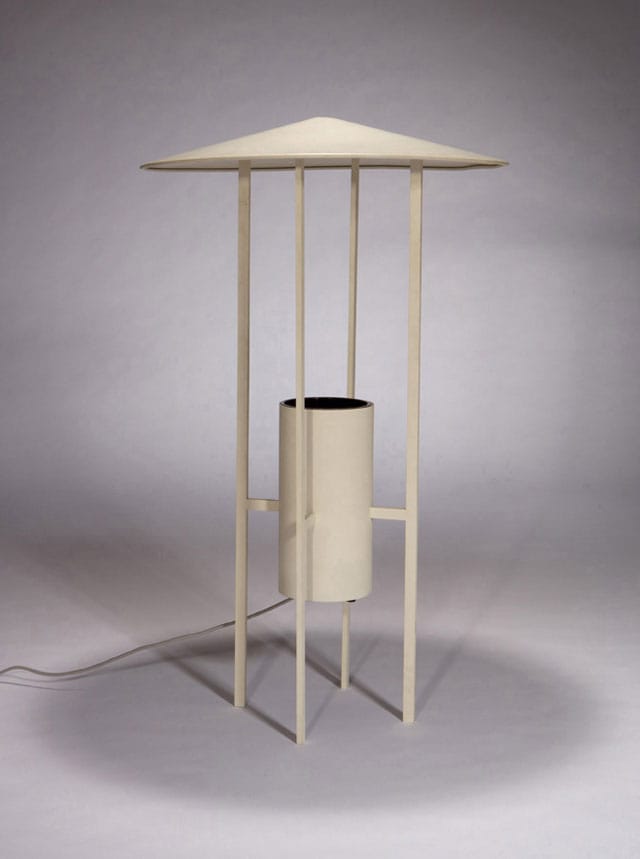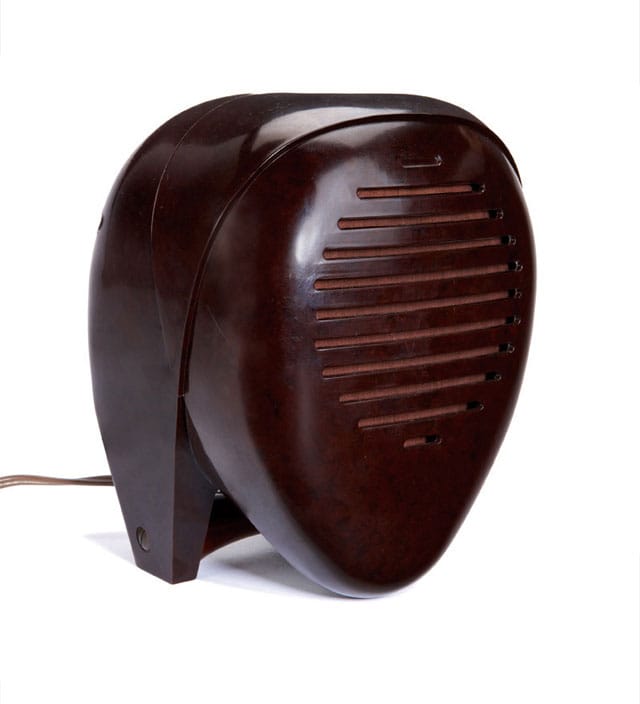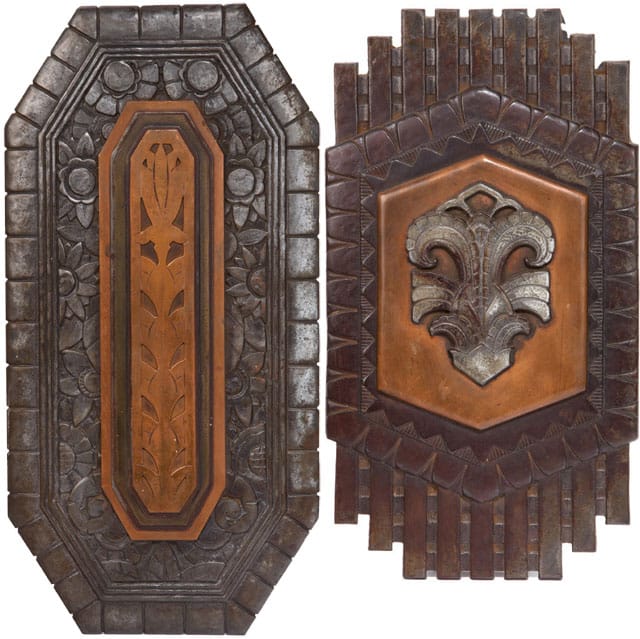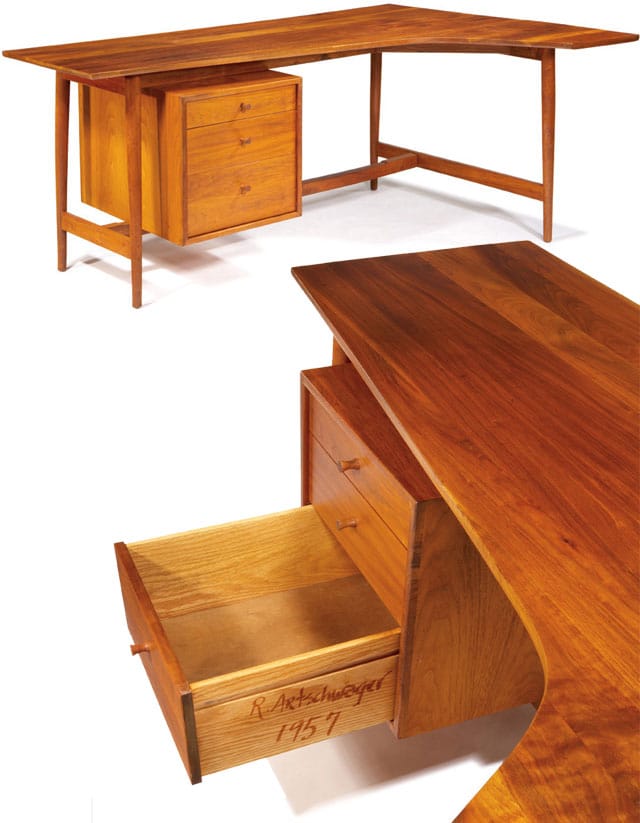In Search of Unexpected Design Treasures
I think I've admitted this before on Hyperallergic, but I love auctions, they are a guilty pleasure. Not the big ticket auctions that grab all the headlines but the ones where it is still possible to find real treasures.
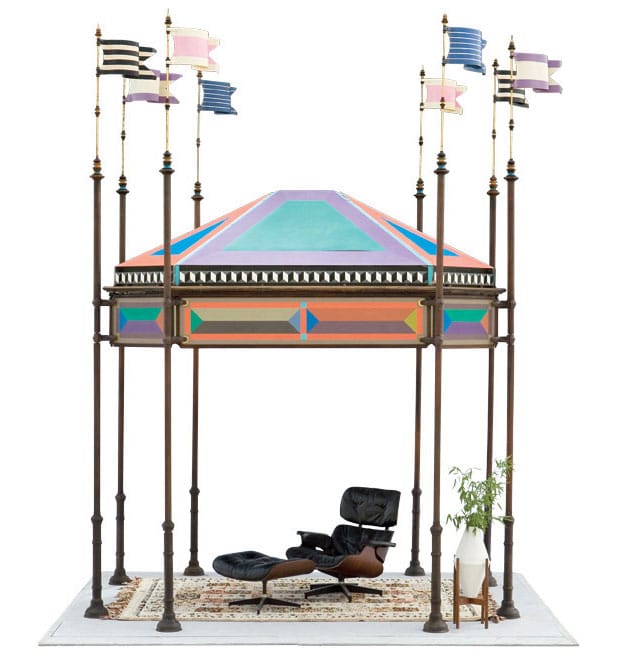
I think I’ve admitted this before on Hyperallergic, but I love auctions. Not the big ticket auctions that grab all the headlines but the ones where it is still possible to find startling treasures. Traditionally, art and design auctions were the realm of dealers, connoisseurs, passionate collectors, and even art historians who watched them carefully in an effort to find a deal, a missing art historical link, or round out a collection with an unusual or rare find.
Flipping through the Los Angeles Modern Auctions’s May 19 Modern Art and Design auction catalogue, I came across an astonishing selection of pieces by architects, designers, and sculptors that I felt were too good not to share.

From a exuberant Eames kiosk for IBM to a lamp designed by Philip Johnson that looks surprisingly like a similar item in his famed glass house, these are fascinating objects that ignite my imagination.
Sculptor Isamu Noguchi’s “Radio Nurse” (1937) is a beautifully designed baby monitor made of that brittle early plastic called bakelite. His first major industrial commission, “Radio Nurse” was accompanied by “a separate enameled metal receiver called the Guardian Ear.” If you thought the sleek industrial aesthetic was the invention of Dieter Rams, this object may make you think again.
And how often do we see a desk by artist Richard Artschwager? The attractive object with precise curves gives you a better understanding of his art that is often populated with furniture or built in three-dimensions with techniques that evoke the work of an artisan, which he obviously also was.
But my favorite in the lot is the kiosk by Charles and Ray Eames. This colorful canopy, complete with flags, was designed by the Modernist couple for the IBM Pavilion at the 1964 New York World’s Fair. It is an object of optimistic whimsy.
The charm of auctions for me is great, and not for the fact that they commodify art, but because they demonstrate that the vast majority of design and art is lived with and loved by people who were once enamored with things that they felt were worth saving, buying, and allocating a place for in their lives. I think anyone who enjoys art could understand that.
